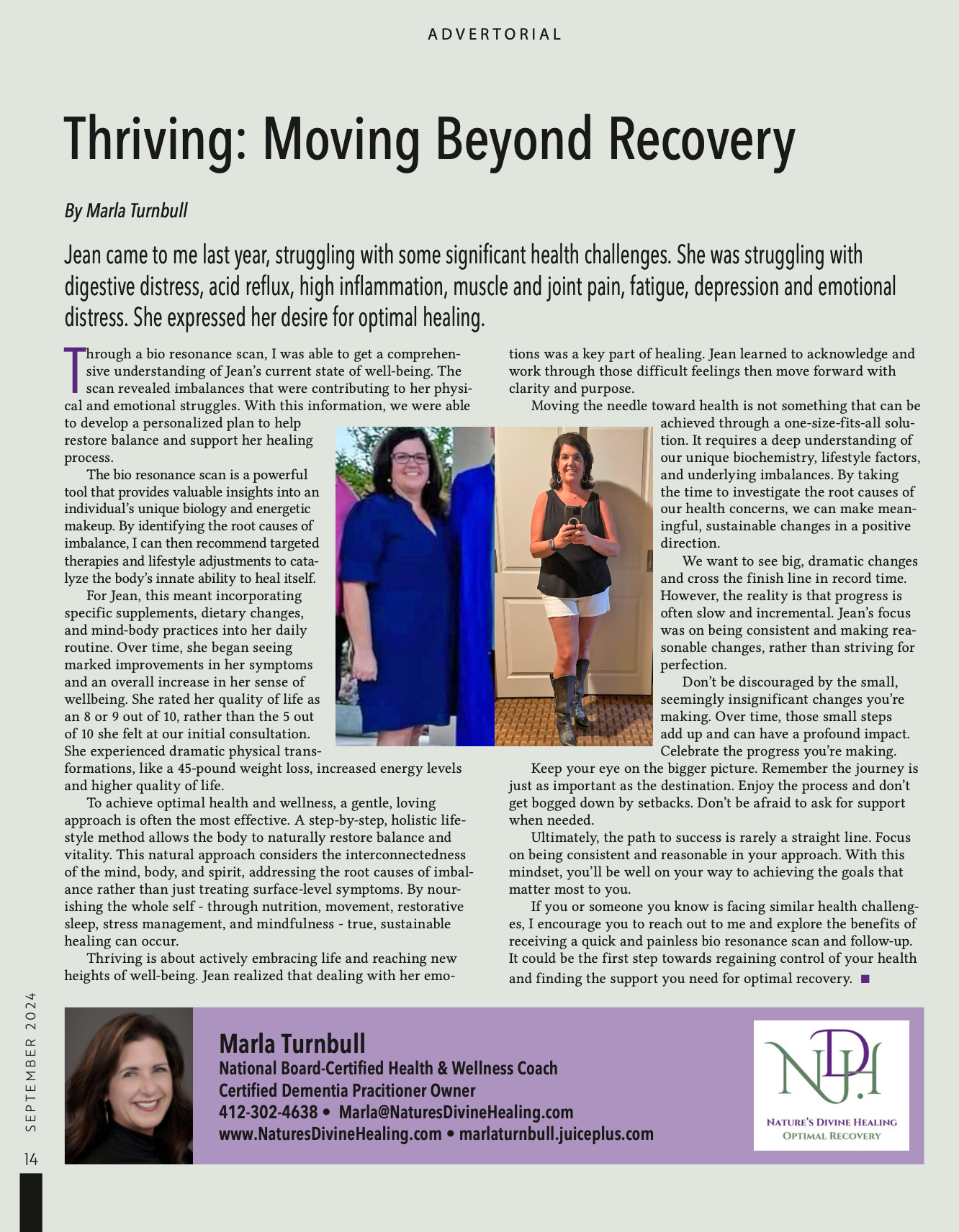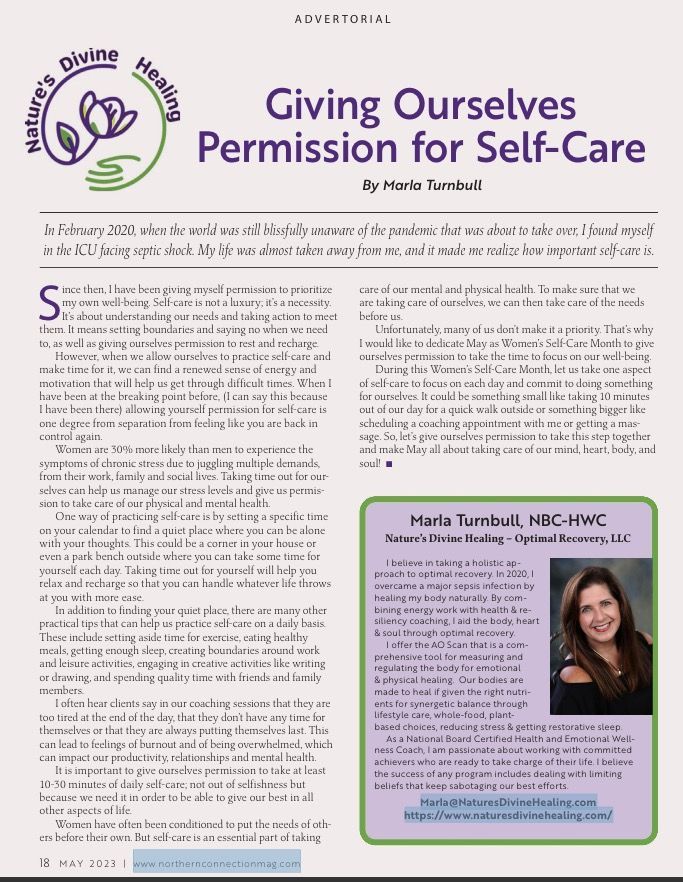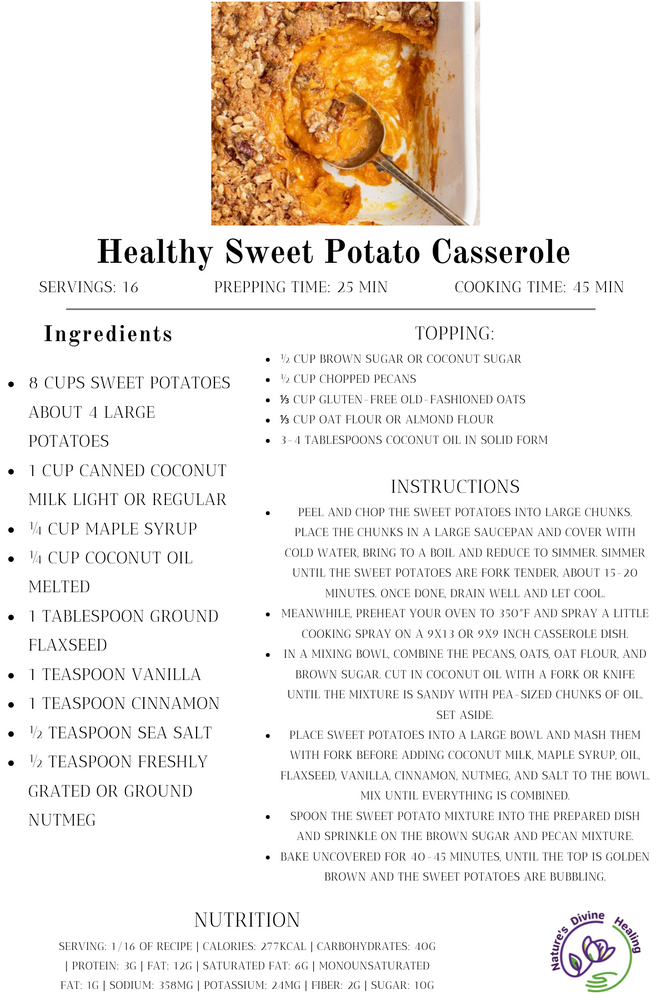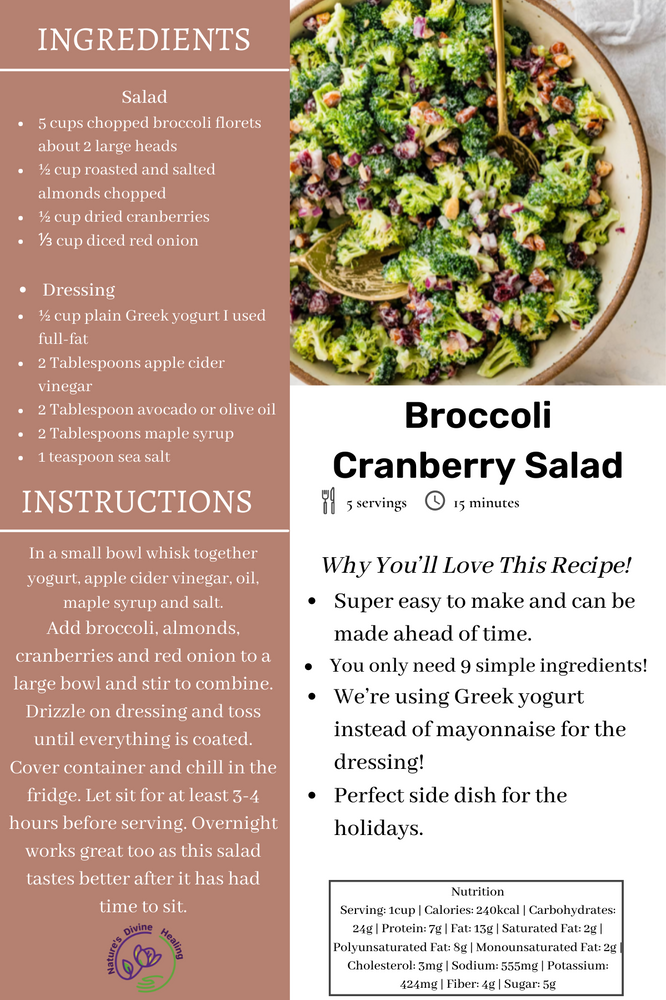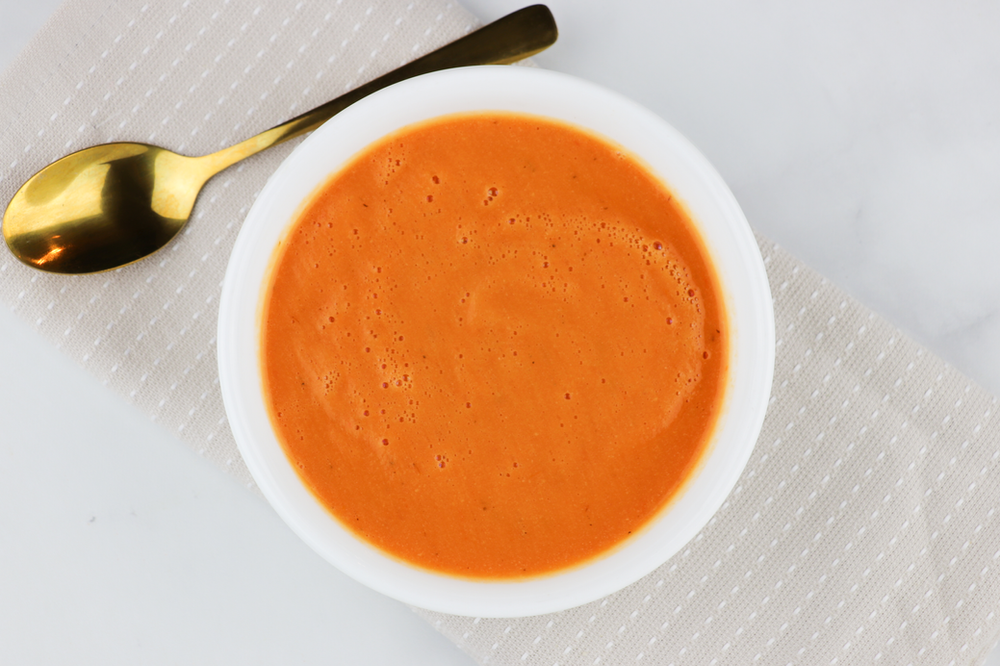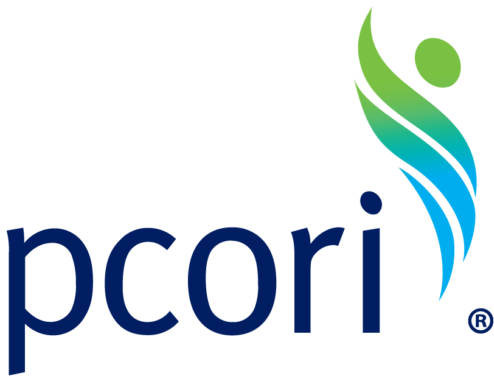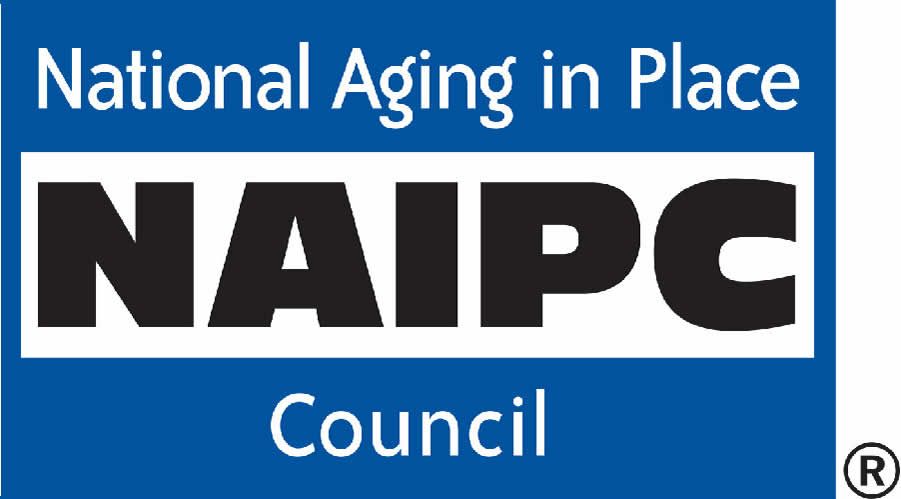Food Glycemic Index
10 practical hacks to help you eat a low glycemic diet
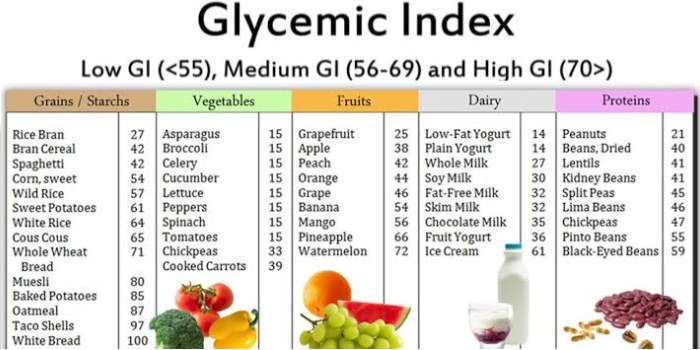
The glycemic index is a way of assessing how carbohydrates in foods affect blood sugar levels. It essentially ranks food on a scale of 0 (lowest) to 100 (highest) based on how quickly they raise blood sugar. Foods that raise blood sugar slowly have a low number/rating, while those that affect it quickly have a higher rating/number.
The way to eat a low glycemic index diet is to eat foods that raise blood sugar slowly or moderately more often than foods that increase it quickly. When you plan out your meals and snacks this way, you eat a low glycemic index diet.
Unlike traditional diets, there are no meal plans or foods to avoid. It is simply just a way of eating that lowers inflammation, heart disease risk, helps you achieve blood sugar balance, and reach and maintain healthy body fat levels.
Here are 10 practical hacks to help you eat a low glycemic index diet.
1. Eat More Vegetables
Of all carbohydrate-containing foods, vegetables have the lowest glycemic load. Vegetables are rich in vitamins and minerals, including magnesium, iron, vitamin A, and calcium. Vegetables are also good sources of dietary fiber, a non-essential, but crucial carbohydrate that helps with blood sugar regulation.
The best thing about vegetables is that you can eat as much as you wish. And with so many colors and textures, you hardly get bored. The most important thing is to cook them using healthy techniques (steaming, stir-frying, or grilling) with fruit oils and less saturated fat. Add vegetables to main meals, snack on them, add them to smoothies or stews.
2. Swap meat with legumes a few times a week
Legumes include beans such as red kidney beans, chickpeas, green peas, and all varieties of lentils. Legumes are fantastic sources of protein and fibre and are naturally low-glycemic.
You can eat legumes in place of meat a few times a week or add them to salads, sandwiches, soups, and stews.
3. Replace added sugar with fruit at breakfast cereals
Whether it’s oatmeal, millet, cornmeal or pre-packaged cereal, many people tend to add sugar to breakfast cereals. The concern is that some of these cereals, especially pre-packaged cereals, have added sugar, and with the processing, they raise blood sugar levels very quickly. Adding more sugar, whether white, brown, maple syrup, honey or agave, only increases the glycaemic index of the diet further.
Choose fruits, including apples, apricots, strawberries, bananas, blueberries, or mangoes.
4. Eat whole-food snacks
When snacks are mentioned, most people immediately think of pre-packaged products such as granola bars, biscuits, crisps, or energy balls. While they’re not all created equal, such snacks are often high in saturated fat, sodium and added sugars, and most importantly, they’re nutrient-deficient.
Eating whole-food snacks presents an opportunity to get the nutrients you may miss at your main meals and also maintain balanced blood sugars. Whole-food snacks can include sandwiches with smoked salmon, chicken or tofu, legumes including steamed edamame or roasted chickpeas or a boiled egg with vegetables. You can also have salads or even leftovers from lunch.
5. Choose high-quality bread
Bread doesn’t have to be off the menu just because you’ve decided to eat a low glycemic index diet. The key is to choose breads made with wholegrain flour in adequate portions.
Some of the best low glycemic options include rye bread, sourdough, or Ezekiel bread. Eat these breads with a portion and healthy fat to keep the glycemic index low.
6. Use less sugar in baking
Sticking to the recipe in baking is crucial, or else the result can be disastrous. This is true for many of the ingredients in a recipe, but not so much for sugar. You can use up to a third of the sugar a recipe calls for and still have a delicious product.
The recipe you make may not be low glycemic, but this is okay. Eat foods like this less frequently and crowd your diet with whole, natural foods and your overall diet will still be low glycemic.
7. Cook pasta al dente
Italians never cook soft pasta; they always make it al dente, meaning firm to the bite. Cooking pasta until it’s very soft makes it high glycemic, but al dente, it is low-medium glycemic.
It might take a little while to get used to the firmer texture, but once you do, you’ll find it difficult to eat soft pasta.
8. Choose rice wisely
Rice is another food many people think they need to skip when eating a low glycemic diet, but this couldn’t be farther from the truth. Rice is a staple in many African, Chinese, and Indian cuisines, and it would be extremely challenging, if not impossible, to eliminate it from your diet if you’re a native of these populations.
Fortunately, rice is not created equal. Some raise blood sugar more significantly than others, primarily due to the proportion of starches they contain. For the best glycemic control, choose basmati or black rice more often. Pay attention to portion sizes and pair them with high-quality proteins and fats.
9. Pair carbohydrates with proteins and fat
You’ve probably seen this mentioned a few times in this article. Pairing carbohydrates with high-quality proteins and fats is a fantastic way to lower the glycemic index of your meal.
Proteins and fats have minimal effects on blood sugar, and they digest slowly. Pairing them with low glycemic index carbohydrates further slows digestion, lowering the glycemic index of your meal. You can get away with eating a (correctly portioned) high-glycemic carbohydrate if you pair it with proteins and fats.
10. Practice portion control
Low glycemic foods only lead to a low glycemic diet if your portion sizes are adequate. Eating large quantities of a low glycemic food still causes blood sugar spikes.
The right portion size for you depends on age, weight, activity levels, and goals.
Remember that eating a low glycemic diet is not about meal plans or eliminating tasty foods from your diet. It’s all about swapping refined carbohydrates for whole options, pairing them with highly quality fats and proteins, and most importantly, practising portion control.



